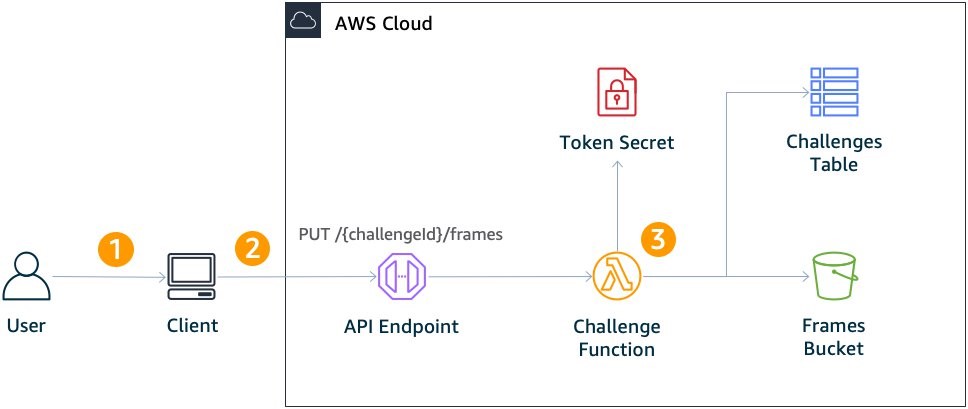The ability to identify an individual based on his or her unique biological characteristics is known as biometrics. It is able to determine the specific identification of any individual human being anywhere in the world. Not with the tidbits of information that a person keeps in his or her mind, such as personal identification numbers, passwords, or security questions. However, using a person’s own biometric characteristics.
Hackers will become more sophisticated with technological advancements. In movies, you might have seen depictions of devices that can break into biometrics systems. It’s possible that some of these include using gelatin film to reproduce fingerprints, making a face mask as well as putting it on someone else’s face in order to trick a facial recognition camera, including generating a false image of something like the iris to utilize. This type of attack is also known as a presentation assault or spoofing attack.
What exactly does “Liveness Detection” mean?
In the field of biometrics, the word “liveness detection” denotes a system’s ability to decide whether such a face or fingerprint is authentic or not. This can be done by comparing the biometric to a database of known live individuals (from a spoof artifact or lifeless body part). In order to satisfy the need for identification and authorization methods that are both accurate as well as secure, biometric technologies have seen widespread adoption all over the world. The development of a biometric application or technology that is immune to both current and future spoofing assaults is now one of the most pressing challenges facing the industry. Fraudsters provide a diverse array of threats, each of which is particularly hazardous due to the fact that they possess the latest technology innovations and approaches like artificial intelligence. A liveness detection mechanism seems to be a security feature that works to lessen the likelihood that biometric systems would be subject to forgery attempts.
How does it work?
Liveness detection, also known as face recognition with biometrics, is a method that verifies a person’s identification with the highest level of precision and the fewest possible mistakes by using their own biological identifiers.
Such authentication is based just on the biometric heritage of each individual, and it represents the most recent and significant progress in authentication technology. Authentication relies on the possession of one-of-a-kind and irreplaceable data from every person.
This data is, without a doubt, incredibly tough to alter, and research is now being conducted to develop methods for face liveness detection that is capable of detecting facial spoofing without making any errors or mistakes.
Just because of these factors, biometric authentication might be vulnerable to spoofing attacks, which are an effort to disrupt a genuine biometric authentication process by using liveness detection for facial recognition software.
These kinds of attacks are quite unusual, and there are currently initiatives underway to find ways to detect liveness in a person’s face using depth sensing technology. Failures in these systems can manifest themselves in a variety of biometric guises. For instance, in the case of fingerprints, the recognition of a person’s face, the examination of irises, voice, or the individual’s heartbeat, as well as rhythm, are all examples. Artificial intelligence has made it feasible to design systems that are totally dependable, in contrast to the unreliable nature of biometric systems.
Conclusion
The use of biometrics has spread to nearly every sector of the economy. A liveness detection for biometrics has indeed been created as a solution in light of the possible threat posed by spoofing attacks in high-secured enterprises such as airlines, banking institutions, and civil id enrolment. These types of businesses include: A biometric system’s level of safety, dependability, and overall efficiency may all be significantly boosted through liveness detection.











